Translating research to real-world innovations
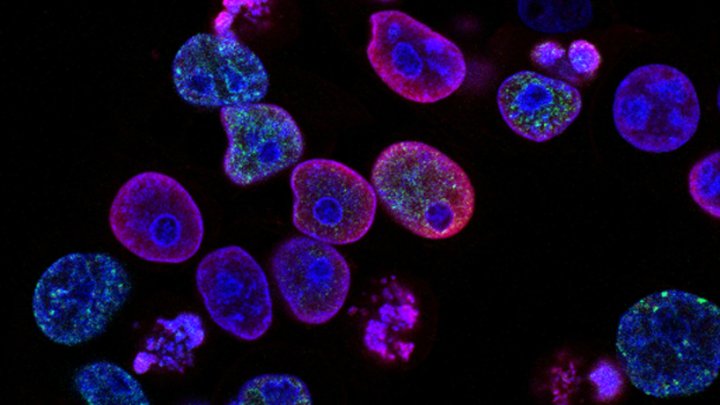
Through start-up companies, clinical trials, and industry collaborations, research from Department of Biomedical Engineering (BME) faculty is improving and saving people’s lives.
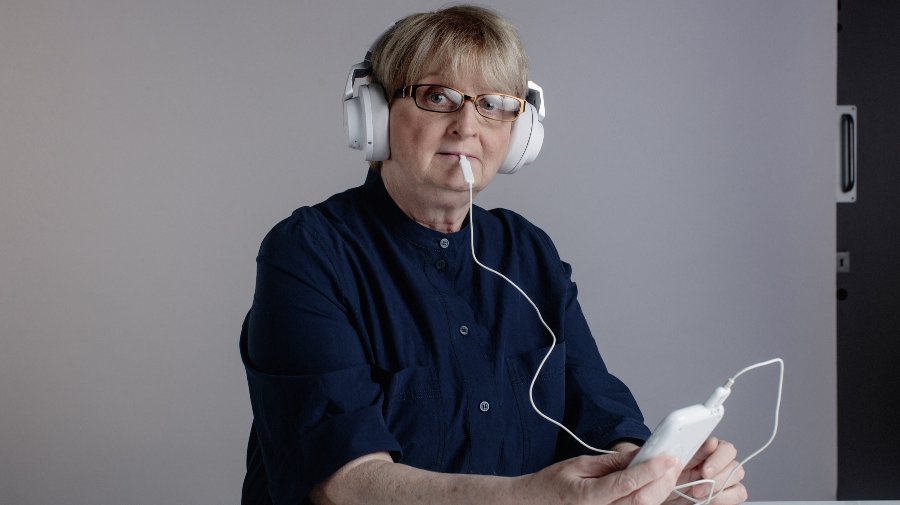
A medical device for tinnitus
In the largest clinical trial of its kind, the start-up's device significantly reduced tinnitus and sustained therapeutic results for a year.
Hubert Lim

Lab-created heart valves
Vascudyne's heart valves grow with the recipient, which — if confirmed in humans — could prevent the need for repeated surgeries in kids with congenital heart defects.
Robert Tranquillo
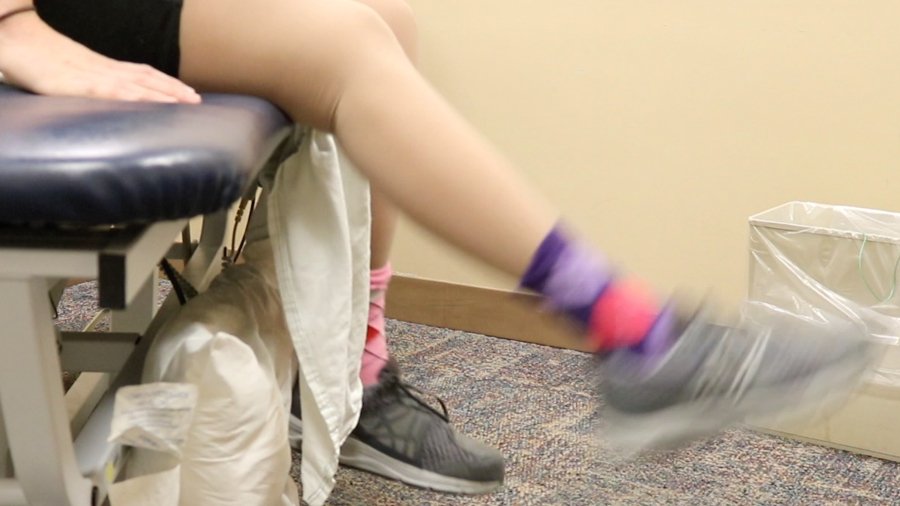
Function after paralysis
With StimSherpa’s neuromodulation platform, clinicians can customize spinal cord stimulation for each individual patient. This helps patients regain control over volitional movement and bodily functions.
Tay Netoff
BME PhD student helps design device and create start-up

Kaiser, Prof. Hubert Lim, and team co-created SecondWave Systems, a company that aims to develop and commercialize a wearable arthritis device.
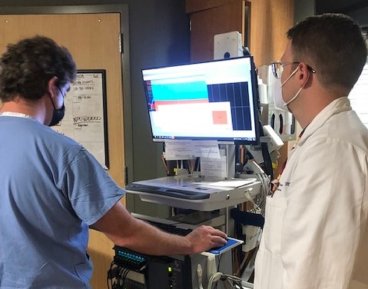
Neurostimulation helps relieve patient’s pain
A Minnesota woman no longer suffers from chronic pain, thanks to a neurostimulation approach that’s based on research from our department and the UMN Medical School.
Pain was treated via cortical brain stimulation, with outstanding results: Her self-assessed pain dropped from eight (out of ten) to zero.
Tay Netoff

Accelerating new therapies
Researchers are pioneering a biophysics-based simulator that can predict tumor progression.
By providing a multiscale computational platform, the simulator will accelerate the development of new therapies.
David Odde

Industrial Advisory Board (IAB)
Our department's work is guided by input from biomedical engineering leaders at local companies. The board aims to:
- Connect students and faculty with industry stakeholders.
- Accelerate innovation in health care.
- Create an environment of collaboration and innovation.
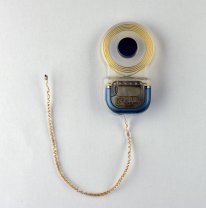
Groundbreaking auditory nerve implant attracts industry investment
Blackrock Neurotech announced plans to invest in a novel auditory nerve implant (ANI) device that restores hearing for the deaf. The ANI device technology is being developed as part of an NIH-supported effort in which BME Professor Hubert Lim serves as lead researcher.
Hubert Lim

Researching together
Our neuroengineering researchers collaborate extensively with local medtech companies. Endeavors range from conducting basic and translational research projects funded by the companies to holding consulting positions.
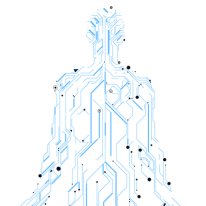
Course: Translating and commercializing neurotechnology
A free, comprehensive course is easing the journey from lab success to patient benefit. Through online lectures and hands-on training, the course shows how entrepreneurs and academics can translate and commercialize neurotechnology.
Matt Johnson
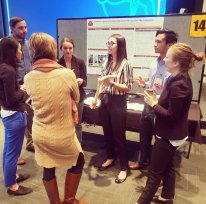
Training trailblazers
Our undergraduate program prepares students for careers in the medtech industry.
Students pick one of nine emphasis areas—such as digital health, medical device design, cell and tissue engineering, or neural engineering—and couple classroom experiences with robust co-op and internship opportunities.